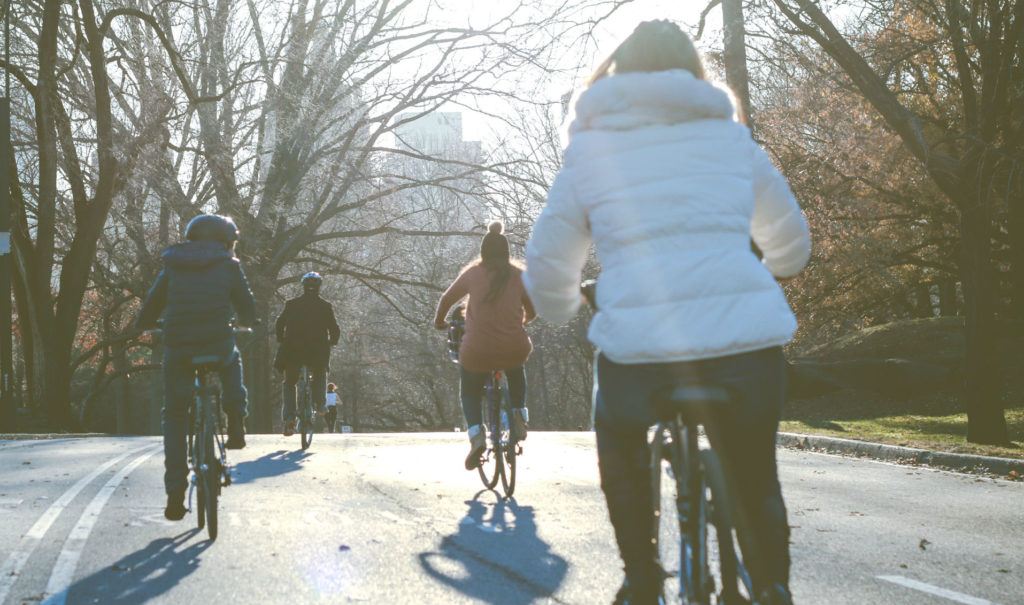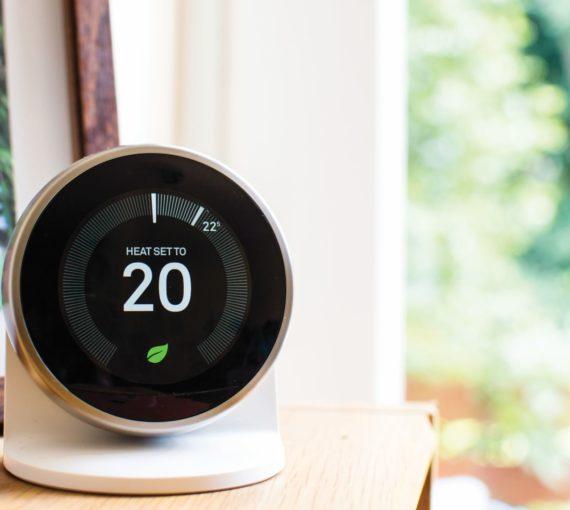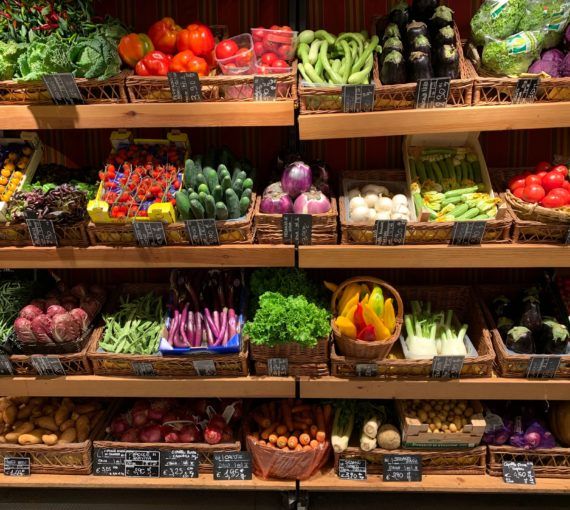
Making cleaner, greener choices — such as choosing better transportation methods, like walking and cycling — can benefit you and nature.
We produce emissions from greenhouse gases (carbon dioxide, methane, nitrous oxide and others) — a major contributor to the global climate emergency — when we burn fossil fuels (oil, gas or coal). To meet climate targets, we need to drastically cut our emissions.
Individual lifestyle changes alone won’t solve the crisis — we need bold political action at all levels of government. But the changes we make to cut emissions in our lives makes a difference, and our actions can influence friends, family, co-workers and community members. It all adds up.
Here are the top four sources of emissions for the average person in Canada and some tips for cutting them:
How to cut your carbon emissions

1. Make better transportation choices
About 24 per cent of Canada’s emissions come from transportation, and cars and trucks powered by fossil fuels are the biggest polluters. People in Canada have bought so many SUVs and light trucks, ours is the world’s least-efficient personal vehicle fleet!
- Choose cycling, walking, rolling and public transit over driving whenever possible.
- If you can, trade your inefficient gas guzzler for an EV or plug-in hybrid.
- Don’t fly. And if you have to fly, purchase a quality carbon offset.

2. Make better food choices
Our food system — including how we raise and harvest the plants and animals we eat, and how we process, package and ship them — is another significant contributor to climate change.
- Support local agriculture, including farmers markets and community-supported agriculture. Wherever possible, choose organic. Try growing your own!
- Opt for more plant-based meals and fewer meat and dairy products. Beef, lamb and cheese have some of the largest carbon footprints of all food products.
- Don’t waste food. Nearly half of all food produced worldwide is wasted after production and/or discarded in processing, transport, supermarkets and kitchens.
- Make the most out of food scraps. Throwing out food wastes all the resources that went into its production. Upcycle and get creative.
- Compost organic waste. Food that ends up in a landfill will decompose without oxygen and produce methane, a potent greenhouse gas.

3. Make better energy choices
Canada is the top per-capita energy consumer in the world.
Your home electricity emissions depend on your province’s energy grid (e.g., those burning coal, such as Saskatchewan and Nova Scotia, have higher GHG emissions than provinces that use hydroelectricity).
A climate-friendly home means transitioning away from fossil fuels. Start by advocating for clean energy options and working to make your home as energy efficient as possible. That way, you can reduce your carbon emissions, save money and contribute to a livable climate.
- Get a home energy audit.
- Learn how to cool your home in summer without an air conditioner and prevent heat from escaping in winter. (An energy-efficient building needs less energy for space heating; occupants and appliances are often enough to keep it warm.)
- Make green home improvement decisions.

4. Make better purchasing choices
Goods and services all generate emissions, through production, transportation and disposal. When we consume less, we produce fewer emissions.
- Buy fewer things, especially new things. When you have to buy new, choose high-quality, durable goods, and make them last.
- Shop at thrift and consignment stores. Everything you need has likely already been created. Host a clothing swap.
- Rent, borrow or buy used through online marketplaces.
- Strive to go zero waste and commit to as many Rs as you can — refuse, reuse, reclaim, recycle, revitalize, refurbish, repair, rethink and redesign. Avoid buying stuff with a lot of packaging or that had to travel long distances to get to you.
- Research the energy efficiency of large purchases.
- Trim your e-waste. Consider the life cycle of your electronic products and make the most responsible choices.
- DIY as much as you can — from body care products and cleaning recipes to hand sanitizer and furniture polish. You’ll save money and learn new skills.
- Got pets? Help lower their environmental impact too!
Remember: these individual lifestyle changes are just a few of the ways you can help avert the worst effects of climate change. Having conversations about the crisis with people in your life, working on solutions together in community, supporting Indigenous-led action, urging government to take bold action, and getting politically active and voting are also important.



